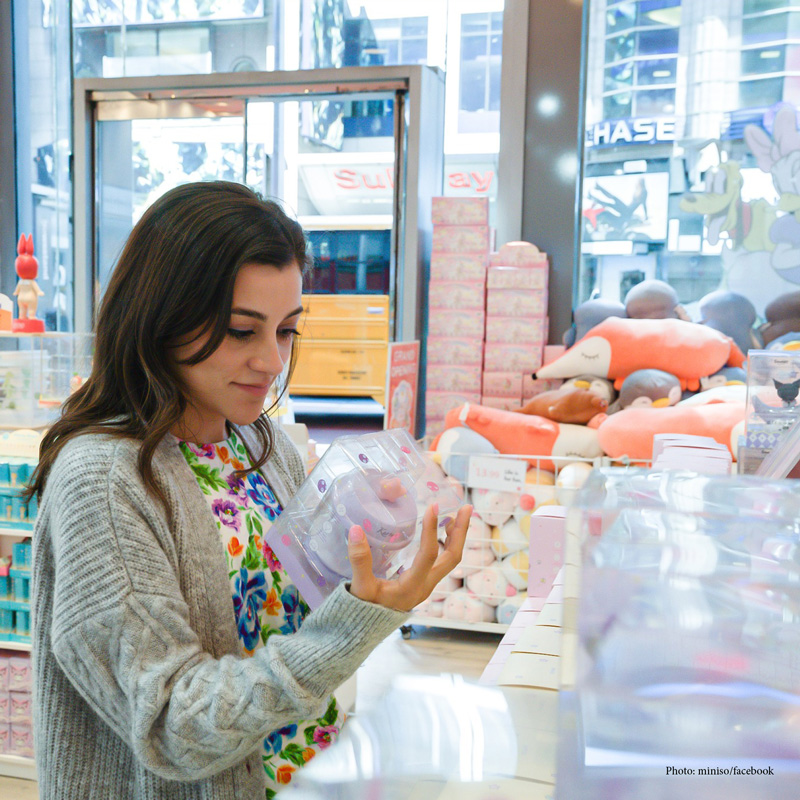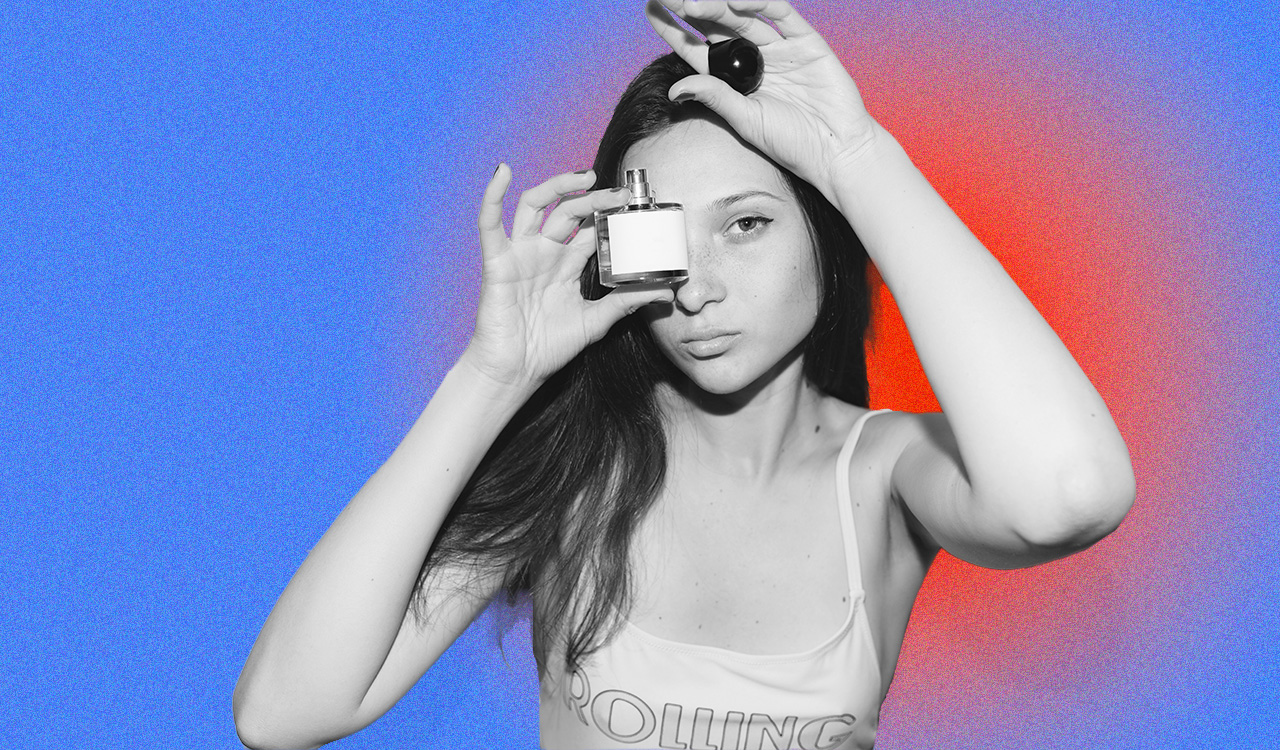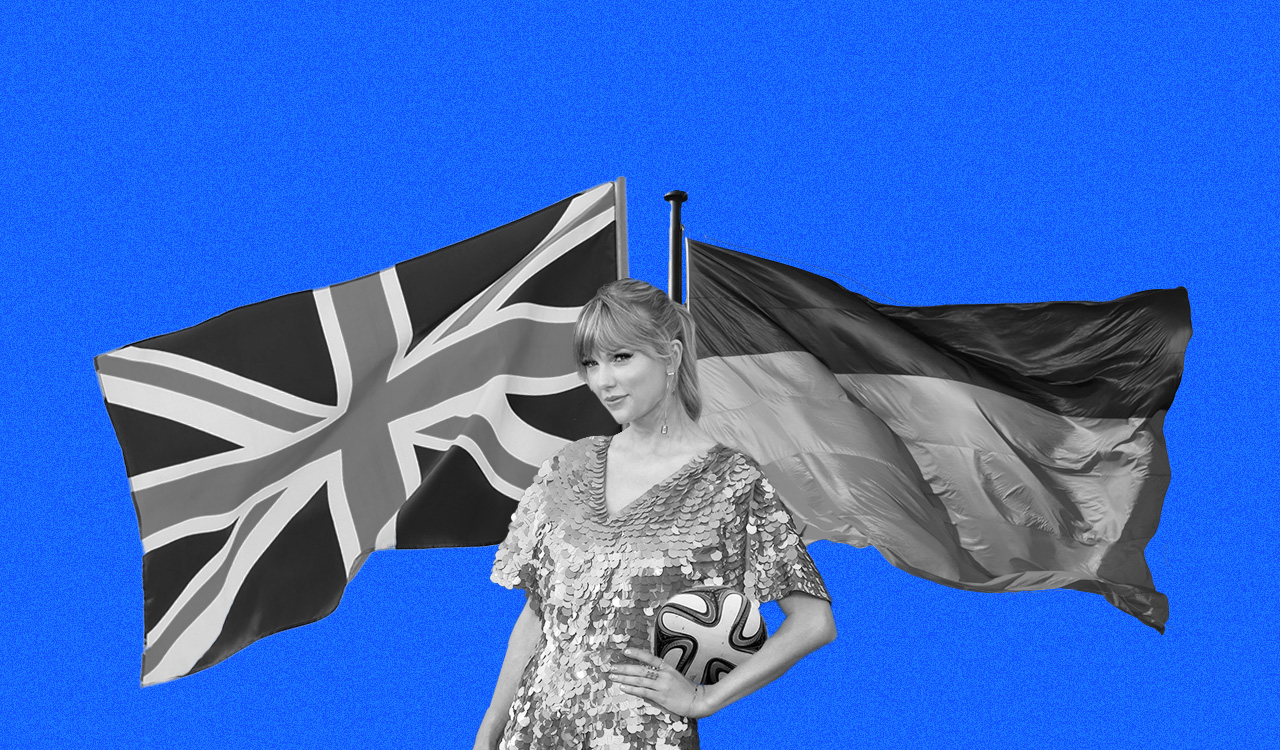If you look up the word “Pop-tailer” in the dictionary, you will find…well, actually you won’t find anything. It doesn’t exist…until now. That’s because we are christening the term as a new breed of retail that combines a fun shopping environment with a merchandise assortment that largely reflects “wants” rather than “needs” and throws in a touch of whimsy as extra flavoring. And it’s most certainly targeted a younger customer.
The pop-tailer is the latest idea to capture shoppers’ imagination in a number of emerging retail formats. The origins of pop-tailing do go back quite a few years; it didn’t just suddenly appear. Credit Dollar Tree and Five Below with latching onto this concept early on, but the recent surge of other retailers going after this space is explosive with companies like Popshelf, Miniso, and others. This is a real business.
Defining Pop
What is a Pop-tailer? They are stores that sell largely impulse items…although some do carry household essentials. They tend to be largely private label, although you will find some brands and even well-known licensed names. And they offer mostly home products with a large assortment of toys and games and novelty products…although some have apparel, commodities and even food.
What they all have in common is a model designed to appeal to the shopper – and it’s a young mostly Gen Z shopper for the most part who probably didn’t know what she wanted when she walked into the store…but walked out with two bags full of things she decided she simply couldn’t live without. Think of those check-out aisles with all those grab-and-go items and then multiply that by an entire store.
Who’s Who in Pop-tailing
Let’s look at the players, old and new.
- Dollar Tree: Many people group this retailer into the general dollar store category and while the name fits – and it does own the more traditional Family Dollar chain – Dollar Tree is really something else entirely. It doesn’t focus on consumables or household goods; instead, it targets seasonal goods, things for the holidays, and special events like weddings and a large assortment of toys and playthings. It has about 8,000 locations, and in a controversial move during the pandemic, it broke through its sacred $1 price ceiling to start carrying merchandise priced higher. Consumers don’t seem to have blinked much, and the store continues to test the limits of how high it can go. So far it doesn’t seem to have reached any barriers.
- Five Below: As the name says, its merchandise is generally below $5, but it too has pushed that up, sometimes above $10. Its main emphasis is on kid’s products, with toys, games, and playthings a prime focus. But there are also plenty of things for the grown-ups in its nearly 1,400 locations. It also has a very aggressive expansion plan in the works, with up to 200 additional locations in the works for this year on its way to 3,000 stores in the next few years.
- Popshelf: Dollar Tree competitor Dollar General clearly looked at its rival’s successful format and said it needed something in that space too. So, it started Popshelf in 2020, and it has already opened well over 100 locations with the parent company saying it will expand to 1,000 stores by the end of 2025. Popshelf does have the usual mix of impulse, seasonal, and kid’s merchandise but it also brings in more standard dollar store categories like food, household products, and other consumables. Prices are generally under $10 but will go above that from time to time.
- Miniso: An import from China, this nameplate just opened what it calls its U.S. flagship right smack in the middle of New York City’s Times Square in May. An international chain, unlike most of its competitors, it operates more than 4,500 locations in more than 90 countries. It now has about 70 stores in the American market, generally along the East and West coasts. While its prices break through the $10 mark on occasion, mostly it keeps it under that level. Again, the assortment is heavily in kids and novelty products, but it also has health and beauty as well as fashion accessory merchandise.
- Daiso: This chain is out of Japan, and it also plays on the international circuit with some 4,000 locations though the vast majority are in its home country. It now operates about 100 stores in the U.S., centered in California and where there are large Asian populations. It is more of a traditional dollar store format with consumables and household goods including kitchenware and toys, but it throws in a large amount of impulse merchandise just like its counterparts.
Ripple Effect
While you can make an argument to include some other retail brands — maybe Primark in apparel or toy chains like Piq – these Pop-tailers are expanding and seem to have hit a retail nerve with shoppers looking for inexpensive, feel-good things. The concept of cheap-and-cheerful has been a foundation of retail since the early days, but it has taken on new relevance and scale with the emergence of these new players. Think there’s nothing new in retailing? You’ve failed this Pop Quiz.




